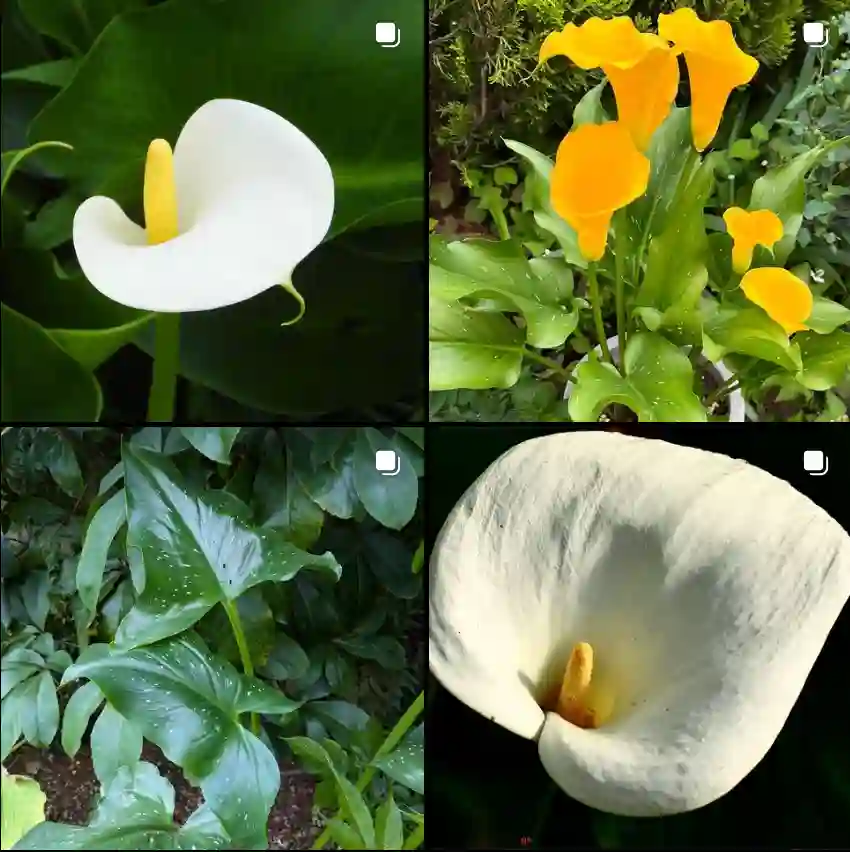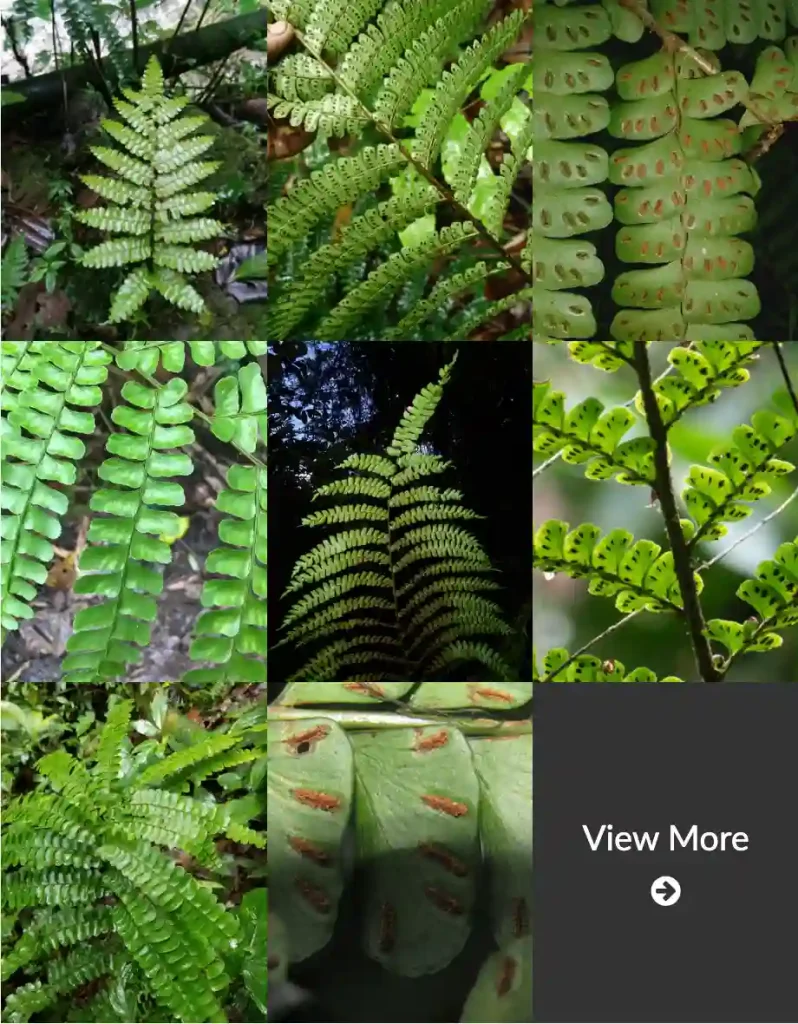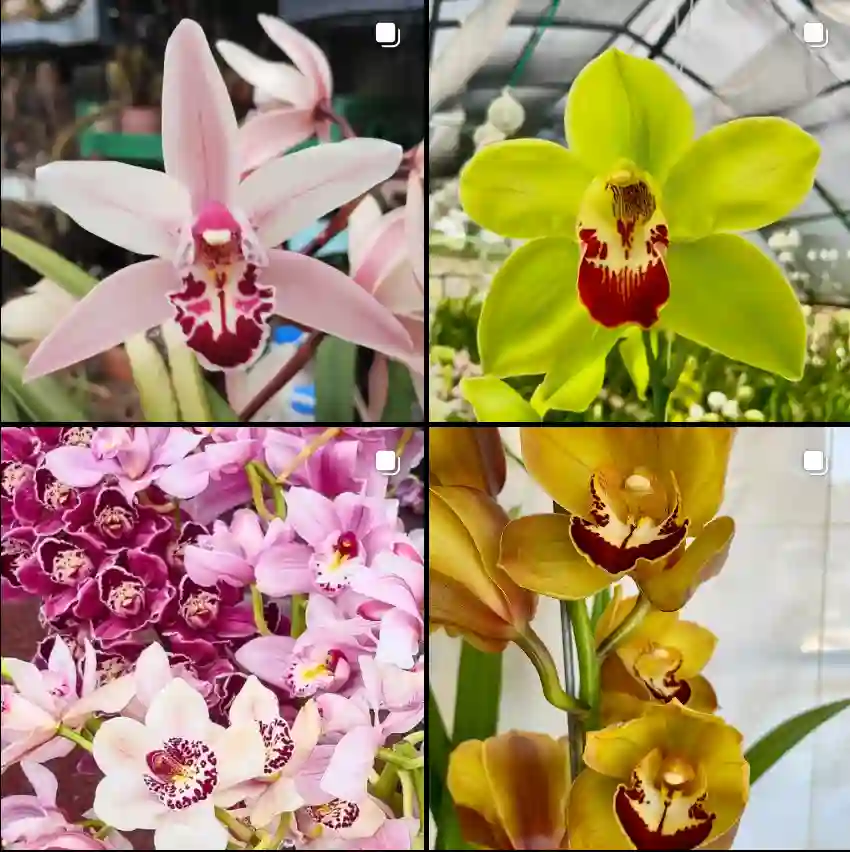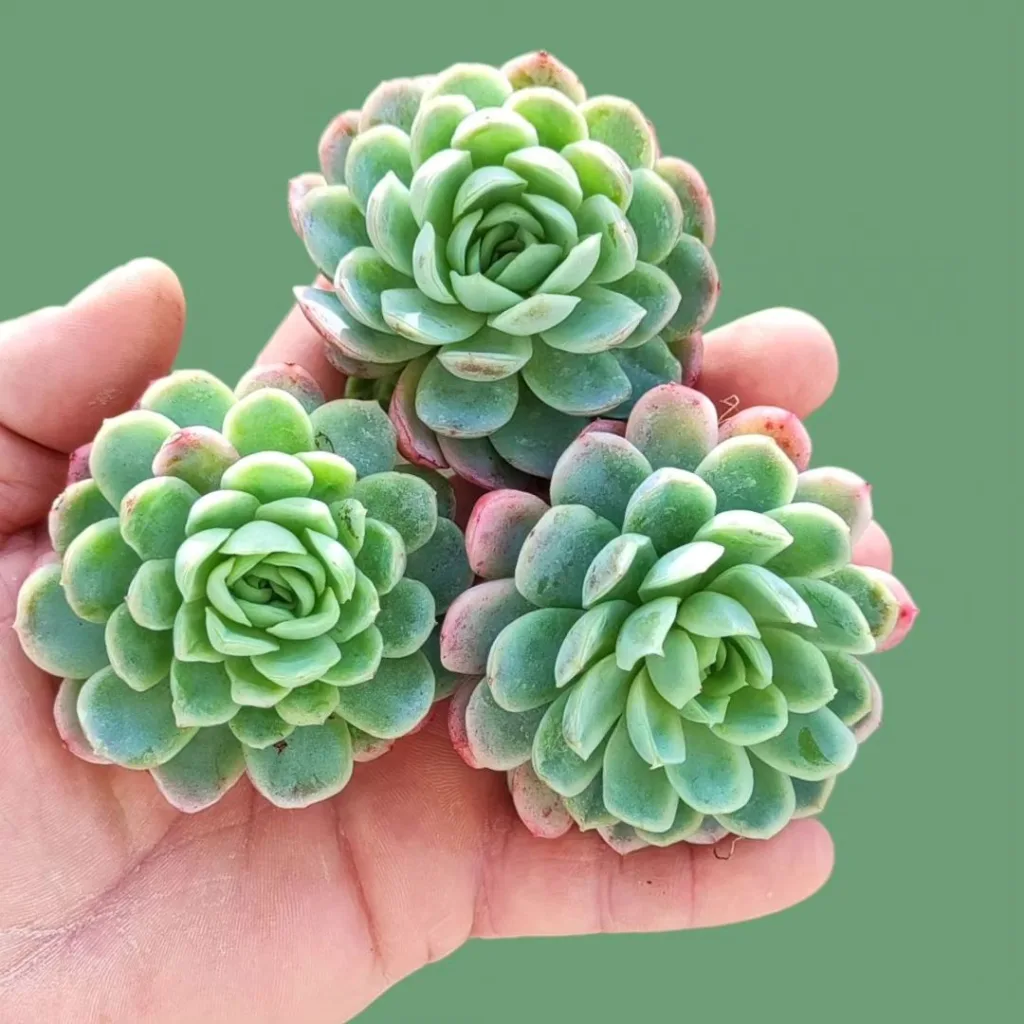A Gardener’s Guide to Gillenia Trifoliata: Bringing Elegance to Your Shade
For years, my garden thrived on bold colors and flamboyant blooms. But lately, I’ve been drawn to a more subtle charm, a whisper of elegance amidst the riot. That’s where Gillenia trifoliata, also known as Bowman’s Root or Indian Physic, entered my life. This understated perennial has captured my heart with its delicate flowers and graceful presence.
Gillenia trifoliata isn’t about shouting for attention. It thrives in the dappled shade, its slender, reddish stems holding aloft clusters of starry white flowers. The contrast between the blooms and the reddish calyxes is a delightful surprise, a quiet beauty that unfolds throughout the spring and summer.
Now, if you’re like me and are interested in adding this charmer to your own garden, here’s everything you need to know about Gillenia trifoliata.
When to Plant Gillenia Trifoliata?
Timing is everything, especially when it comes to planting. For Gillenia trifoliata, the sweet spot falls in either early spring or fall. This allows the plant to establish its roots before the harsh summer heat or the biting winter cold.
Here’s a breakdown of the pros and cons of each planting season:
- Early Spring: The cooler temperatures and increased moisture in early spring give the roots a chance to develop before the summer heat arrives. However, be mindful of any lingering frost, which could damage the new growth.
- Fall: Fall planting allows the roots to establish themselves over the winter, taking advantage of the cool temperatures and frequent rain. However, ensure you plant early enough to give the roots time to settle before the ground freezes.
No matter which season you choose, make sure the soil temperature is consistently above 50°F (10°C) for optimal root development.
How to Propagate Gillenia Trifoliata?
There are two main ways to propagate Gillenia trifoliata:
- Division: This is the simplest method and works best with mature plants that have formed clumps. In early spring or fall, carefully dig up the entire plant and use a sharp spade to divide the root crown into sections, each with at least two to three healthy buds (eyes). Replant the divisions immediately in prepared soil.
- Seed Propagation: This method requires more patience but can be rewarding. Collect seeds in the fall once the seed capsules turn brown and dry. Store them in a cool, dry place over winter. In late winter or early spring, sow the seeds in a cold frame or seed tray filled with a well-draining potting mix. Keep the soil moist but not soggy, and germination can take several weeks to months. Once the seedlings are established and have a few sets of true leaves, they can be transplanted into individual pots and nurtured until they’re ready for the garden in the following spring.
Everlasting Charm? Is Gillenia Trifoliata Evergreen?
While Gillenia trifoliata offers undeniable beauty throughout the spring and summer, it’s not an evergreen. Come fall, the leaves put on a final show of fiery orange and red before gracefully succumbing to winter’s slumber. However, the bare stems with their reddish hue add a touch of winter interest to the garden.
How to Care for Gillenia Trifoliata?
Taking care of Gillenia trifoliata is a breeze. Here’s what it needs to thrive:
- Light: Partial shade is ideal. It will tolerate full sun in cooler climates but may need extra watering during hot spells. Avoid deep shade, as this can lead to fewer flowers.
- Soil: Well-drained, fertile soil is key. Amend your existing soil with compost or aged manure if needed.
- Watering: Water regularly, especially during the first growing season and during periods of drought. Aim for consistent moisture without waterlogging the roots.
- Mulching: Apply a layer of mulch around the base of the plant in early spring. This helps retain moisture, suppress weeds, and regulate soil temperature.
- Fertilizer: Gillenia trifoliata isn’t a heavy feeder. A light application of balanced fertilizer in early spring is sufficient.
With a little TLC, Gillenia trifoliata will reward you with years of graceful beauty and delicate blooms, adding a touch of understated elegance to your garden.
If i die, water my plants!



